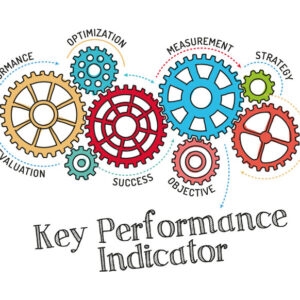MediaMath: How Machine Learning Will Change Ad Serving In 2018
MediaMath scientists are working to apply artificial intelligence in machine learning models that the company’s chief scientists say will power smarter digital advertising this year — not just predicting a response to an advertisement from consumers based on their past history, but predicting intent.
“These sorts of techniques will be game-changers during the next five years,” said Prasad Chalasani, chief scientist in charge of all machine learning at Mediamath.
He calls it “intelligent advertising.”
Chalasani and team use Databricks to visualize the performance of the models across campaigns and machine learning metrics.
MediaMath, which receives about 4 million ad serving opportunities per second, provides a software backbone to help advertisers set up, optimize and manage campaigns. It operates a real-time bidding system for about 7,000 advertisers that send signals through ad exchanges, with bidders that respond within 10 milliseconds with decisions like the optimal campaign to bid for and best bid price.
The decisions are driven by things such as 1 billion user cookies, as well as data ranging from impressions, clicks, conversions, and page visits. In all, it translates into several terabytes of data daily.
All ad-serving pings are logged during real-time auctions. In response to each, MediaMath responds with the best bid. The company uses a machine leaning model to predict the worth of each display ad for advertisers. But analyzing the raw data isn’t as effective, so the bits and bytes are converted into information so analysts can dissect the information such as the details of an impression.
To develop machine learning models, the code is written in editing tools. Libraries are developed. The data is imported into Databricks’ notebooks to analyze and test the relationship of the code, as well train the models.
About two years ago, Chalasani began using Databricks’ “notebook,” a browser-based interactive coding environment that lets developers create and store mathematical computations powered by Spark, a distributed computing platform.
The millions of signals per second that MediaMath collects contain data from about 60 ad exchanges it works with. The data contains insights into what consumers do on the internet, such as browsing or buying. “For example, if we show them an ad, it could tell us how they will behave in the future,” he said. “Or build a profile based on the person’s interest as they browse.”
(28)



